Today, we're going to discuss why a card can be individually expensive or cheap.
Anyone who has had a basic economics lesson must have heard about supply and demand, where it is expected that when supply is greater than demand, prices will fall; and when demand is greater than supply, prices rise.
The same applies in a TCG: if many people start chasing a specific card, it will decrease the number of copies of it on the market and start to increase the price.
In summary, we can say that the price depends on supply and demand, but let's understand here how both are influenced in Magic's market.
Ad
Factors that may influence Card Prices
Rarity
One of the most obvious factors is its rarity, which impacts its availability within the market. In Magic: the Gathering, cards are printed in 4 different rarities: Common, Uncommon, Rare, and Mythic Rare.
This indicates how many units of a given rarity come in a regular booster pack. Each pack usually comes with 1 rare or mythic rare (7 in each pack has a mythic), 2 uncommons, 10 commons, 1 foil of random rarity, and a basic land.

In a hypothetical situation, if the above cards were together in a set, when opening a pack, it would be possible to find each one of them inside according to the proportion.
After being found in the pack, the player can add them to their collection or sell them to a player or to a store, and thus cards enter the market to be traded, causing the effect of supply and demand.
Collecting
One of the reasons WotC makes Booster Box versions, among other special products, comes from collecting: players who want to have more exclusive cards, and look for these unique versions.
It also happens to a card that had several printings in different sets. The Ponder quoted here has at least 2 different illustrations, and many players like to collect cards in different styles throughout Magic.
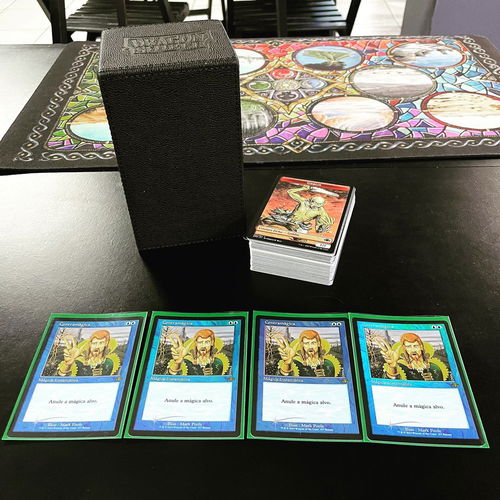
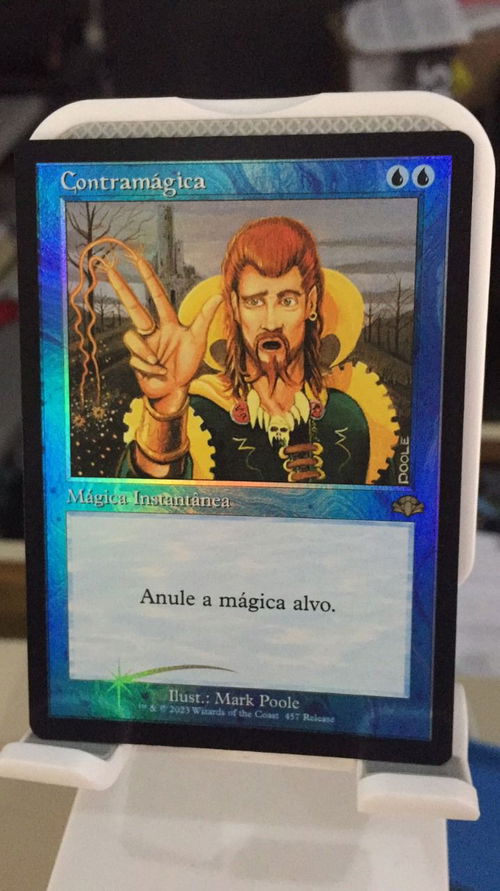
Here is an example of a card collection. Even if they have the same illustration, they come from different sets, or they may have a border of another color or style.
The fun of this part depends on pure personal taste, such as keeping up with changes in the game, having multiple versions of your favorite card, using the collection as decoration, having very exclusive cards (including from special events) or any other reason!
Factors that may influence the Demand for Cards
Card playability
To understand how the playability of a card influences the price, it's worth understanding what can make a card be sought after, what makes a player go to the store in their city or on the resale websites to look for a certain card:


To better illustrate this, here I take 2 examples to make a rough comparison. Axis of Mortality is a Mythic that was only printed in Ixalan as a Mythic, and Ponder, which was printed with common rarity in more than 7 sets. If you search for both cards in any marketplace, you'll most likely see that you can purchase a few copies of Axis of Mortality with the money you'd spend on a single Ponder.
Why did a card that saw reprints a few times and as common manage to appear more expensive than one that was printed only once as Mythic? For that, it's worth comparing the two.

Axis of Mortality has a powerful effect, capable of even making hit kills with the right card combinations, but that's where its big problem comes in: it's complicated.
Ad
First one that costs 
Ponder costs 
For its power and simplicity, in formats where it is legal, it will easily be found in formats such as Pauper, Legacy and Commander. It's almost always useful to cast the cantrip if you're playing with any deck that has blue, so you'll almost always want to have it in your collection, it's a staple.
A Good Manabase

If you've ever researched the best lands for your deck, I bet you've already been scared off by the prices of the lands you searched for.
A consistent manabase is key to making the deck work well, getting the most out of it. Overgrown Tomb and Verdant Catacombs, in addition to the obvious synergy between them, are also powerful on their own and help to have a functional manabase, which makes them truly sought after by almost every type of player, for all the formats in which they are legal.
You can see more information about lands and their cycles in this article.
Stylized cards - a supply and demand problem
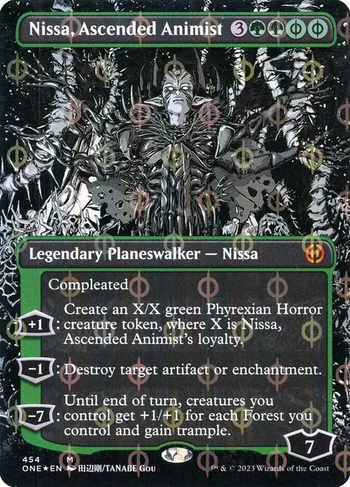
Nissa, Ascended Animist is already a very sought after card, which increases its price, and there is a Booster Box version that has its figure compleated by the Phyrexians.
Both because it can only be accessed based by buying a specific product, in this case the Collector Booster Box, and the card's sheer power, makes its prices take off - as the new variant adds an extra weight for collectors.
Price spikes - Factors

Sometimes, forgotten cards can see the spotlight again at certain times, either by a new set being released that gives new and powerful uses to it, or a ban / unban of the card in certain formats, causing a drastic price change, or when someone discovers a brand-new powerful interaction.
Worldfire is a good example of this: it was banned in Commander, which at the time was a good Wincondition, and later, WotC decided that it would be good for the game to be legal again in the format. Its price escalated brutally with the news.
In a hypothetical example, let's say that Atraxa, Grand Unifier is banned today in Commander, for the incredible value that the card provides, and to compensate, they decide to return Griselbrand back in the game: its price would spike easily.
Ad
The same can be true the other way around, when a card sees a huge reprint or is banned in a format where it sees play. Thalia, Guardian of Thraben was a bit expensive, as before Dark Ascension, there were no significant reprints outside a few promos. When Innistrad: Crimson Vow was released, her price decreased even though she was entering new formats, such as Pioneer and Standard.
What makes a card sought after? One more example
As I said above, Ponder is simply powerful on its own due to several factors and versatility, and it often has good interactions with other cards that also play in colors, such as Brainstorm.

Let's discuss another card that is a good example of what makes it desirable. Zendikar Rising's Omnath, with multiple landfall abilities.
Being a creature with 4 different colors, one would imagine that it would be difficult to make it work, but we are in the time of the best manabase in the history of the game, which makes casting it effortless, and despite requiring some synergy to work with maximum efficiency, it pays for itself immediately by drawing a card, in addition to being a serious threat.
Being legendary surely impacts its price, but more than that, Omnath is powerful and not that difficult to use efficiently, and more, t's possible to play him as a commander in the most popular format of the game, where more colors usually means access to more cards.
That is, factors that can lead to a card being desired can be many, such as versatility, powerful effects, ease of use, synergy with other cards, or even having some unique effect that is not found with redundancy in other cards.
The importance of information
For players who have tons of cards, it may be worth cataloging them and trying to pay attention to possible price increases, so you can be aware of when a forgotten rare or mythic comes back to light, and manage to sell them for a good price.
And for Pre-Release and Draft fans, when you're looking at a new set being released, keep an eye out for what might see a lot of play and that way you can get ahead of which cards could get a big spike in price due to being underrated.

These two cards have one thing in common: they've both been heavily underrated when they were released, and both changed the game forever. Atraxa, Grand Unifier, for example, was hidden behind Elesh Norn, Mother of Machines, and her price heavily increased when people started to test her on tabletop and Magic Online/Magic Arena.
Conclusion
I hope you enjoyed this article and that what was presented to you was useful, see you in the next article!
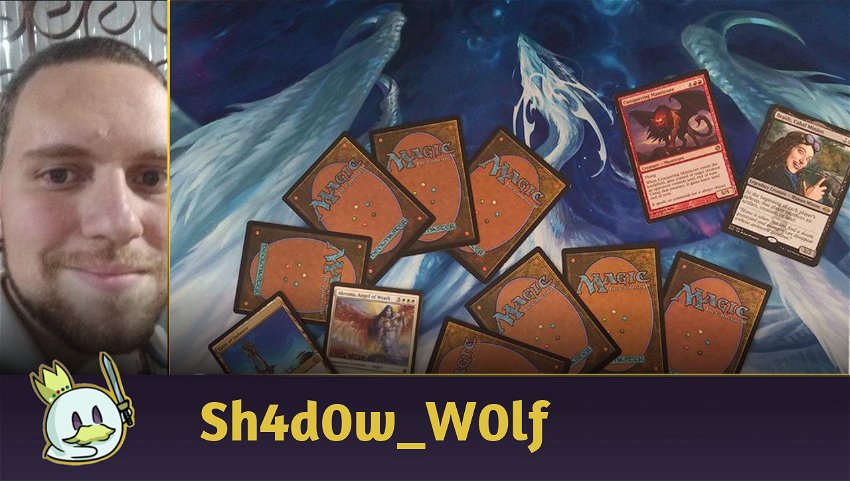




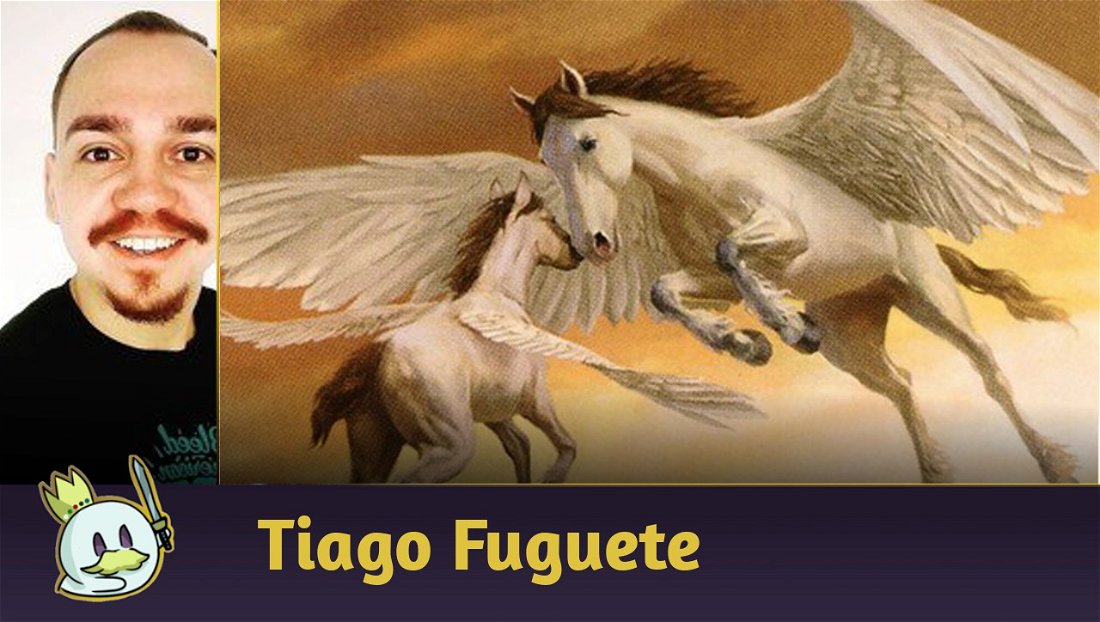




— commentaires0
Soyez le premier à commenter